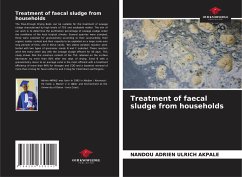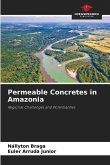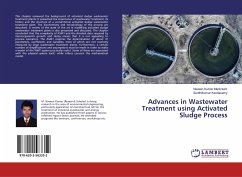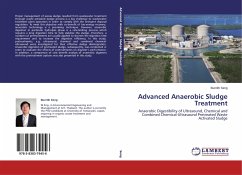The Flow-through Drying Beds can be suitable for the treatment of sewage sludge characterized by high levels of TSS and oxidizable matter. The aim of our work is to determine the purification percentage of sewage sludge under the conditions of the local tropical climate. Several quarries were sampled, three were selected for granulometry according to their accessibility, their organic matter content and their capacity to be exploited on a large scale over long periods of time, and in these sands. Two lateral aeration reactors were tested with two types of gossamer sands B and C selected. These reactors were fed every other day with the sewage sludge effluent for 40 days. This study shows that the moisture content of the TSS retained on the surface decreases by more than 92% after two days of drying. Sand B with a granulometry closer to an average sand is the most efficient with a treatment efficiency of more than 96% for nitrogen and COD and a bacterial removal of more than 4 ULog for fecal coliforms and 3 Ulog for Clostridium perfringens.
Bitte wählen Sie Ihr Anliegen aus.
Rechnungen
Retourenschein anfordern
Bestellstatus
Storno








